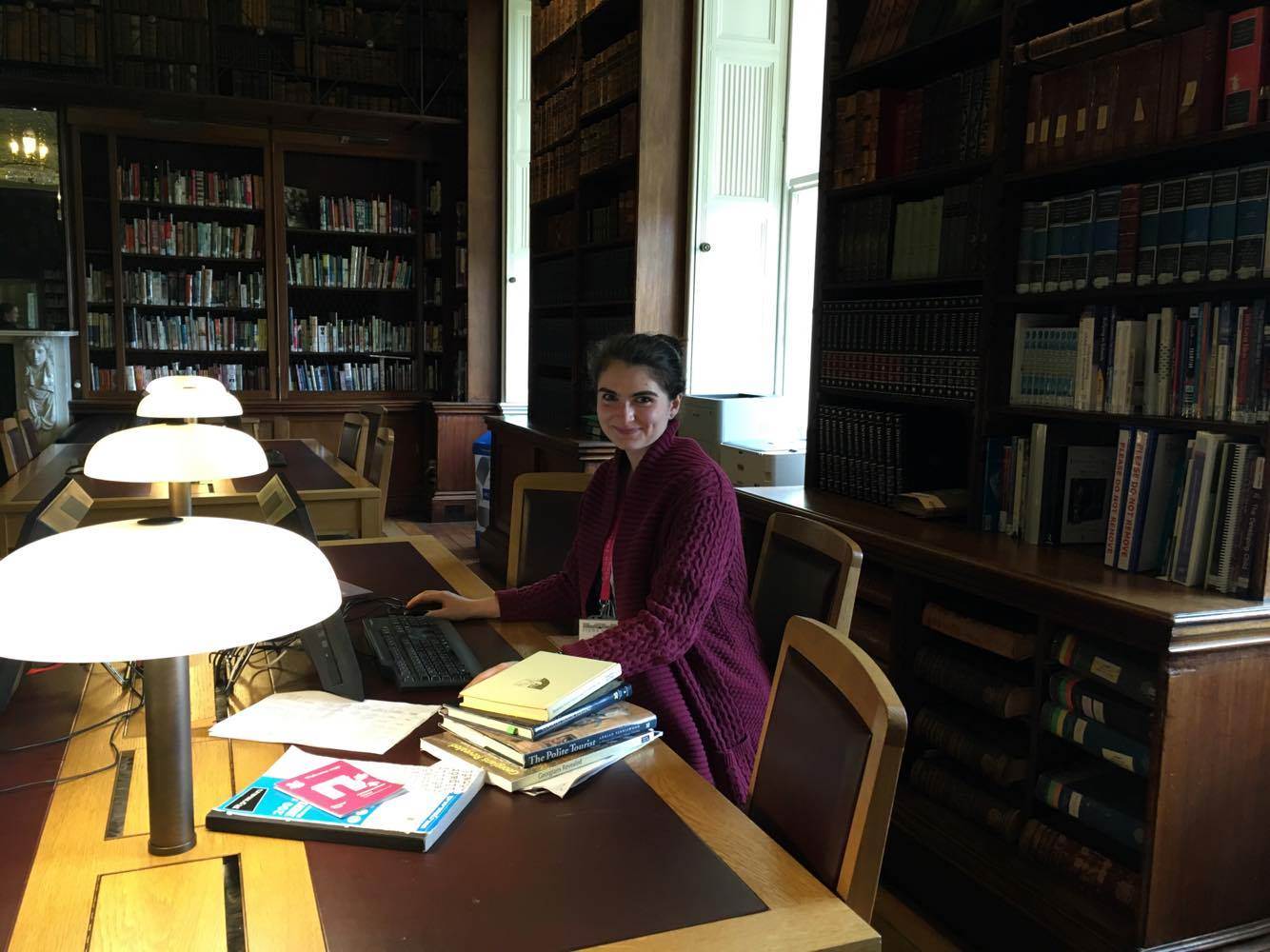An Introduction: Innovation and Tourism
17 July 2016

Research Intern Blog
Hello! I'm Maggie, and I'm the research intern working under Stowe's House Custodian, Anna McEvoy, and the National Trust's Community and Learning Officer, Sophie Atkinson. Together with two other students from the University of Oxford, I arrived just last Monday to begin my internship at the magnificent Stowe House.
Did you know that visitors have been touring Stowe's gardens and house for nearly 300 years? Lord Cobham, the owner responsible for making Stowe House 'the finest seat in England' and its gardens an international wonder, even had New Inn built in 1717 for the express purpose of providing refreshment and lodging to the visitors of his extraordinary estate. It was the first purpose-built tourist inn in the country, and it was frequented by middle-class and aristocratic visitors alike, such as Viscount Perceval in 1724, who condemned it as 'scurvy', overpopulated by fleas and gnats. New Inn today has been reconstructed and once again acts as the entrance to the estate's modern-day visitors. Visitors today walk the same paths as Alexander Pope, William Pitt, Daniel Defoe, and even possibly Jane Austen had while touring the house and grounds or visiting the family. The business of country house visiting was clearly booming at Stowe in the eighteenth century, and the first guidebook ever to be published in England about a house or garden was Benton Seeley's A Description of the Gardens of the Lord Viscount Cobham at Stow (1744). The guide was immensely popular, undergoing continual reprints for nearly a century, and was sold at New Inn, Buckingham, and London, together with its later but less successful competitor, George Bickham's The Beauties of Stow. Thomas Jefferson, founding father and third president of the United States, in fact had used Seeley's guide when he visited Stowe in 1786 with John Adams.
My aim over the summer is to consolidate and continue current research on such eighteenth-century tourists and guests of Stowe House and gardens and ultimately to present that information in an engaging format to the estate's modern-day visitors. This past week you might have found me in the library combing through both collected visitor accounts up to 1750 and previous secondary research. Earlier in the week, I toured around Stowe and New Inn as a newly arrived visitor myself to take in Stowe and its grounds and to observe what information is already provided to modern visitors, what might be needed or helpful, and how that information might best be conveyed. My current task is to create a questionnaire for visitor input and brainstorm creative, flexible, and appealing ways to present Stowe's tourism through time.